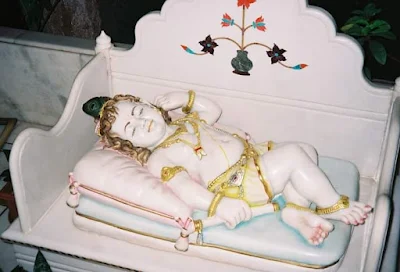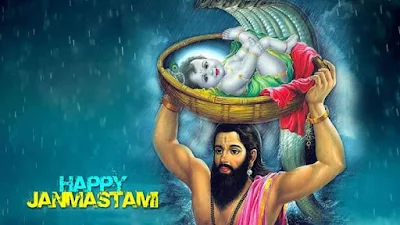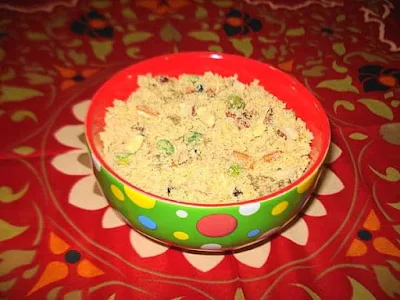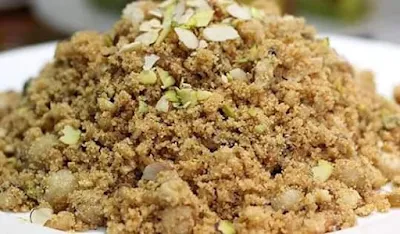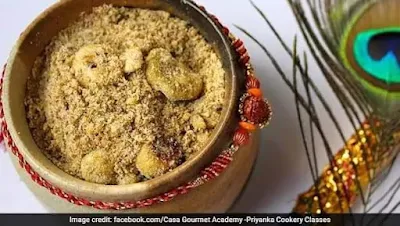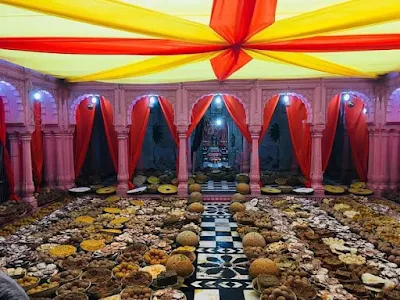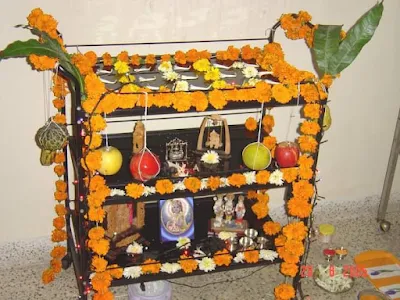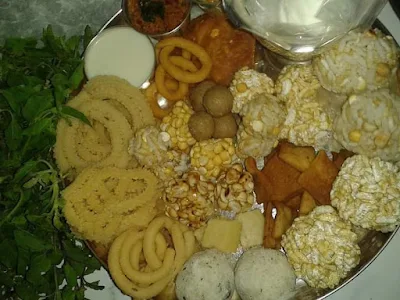Did you know that Panjiri, a sweet dish of Punjab origin, considered a powerhouse of nutrition, is one the 'chappan bhog' offered to Lord Krishna on this Krishnjanmashtami day?
Panjiri, one of the quintessential delights of Krishna Janmashtami bhog, is an offering to Lord Krishna, the eighth avatar of Lord Vishnu, on the occasion of his birth anniversary. According to Hindu legends, in the Lunar calendar, Lord Krishna was born in Shravana month on midnight of the eighth day of Krishna Paksha. Hindus celebrate the birth of Lord Krishna with great fervour by observing fasts and performing puja rituals. A variety of naivedyam or prasad is prepared on Krishna Janmashtami to be offered to the lord. Panjiri, however, is considered the most popular sweet among the "Chappan bhog" (56 sweet and savoury dishes) offered to the lord.
Panjiri, a staple sweet dish from the Punjab region, is treated as a nutritional supplement. It is made from whole-wheat flour fried in sugar and ghee, heavily laced with dried fruits and herbal gums. It has been used in a ritualistic and meaningful way as ‘falahari’ dish, for thousands of years, by the ancient Hindus as an offering to Lord Krishna on his Janamshatami day (birth anniversary day) and then many centuries later by the Sikhs. Panjiri is served with ‘Charnamrit’ (a holy drink that is offered at the end of Hindu prayer in temples), which is a sweetened drink made with yoghurt, coconut, powdered sugar, makhane etc. Sliced bananas are also added to this prasad.
Many types of Panjiri are prepared to be relished during religious festivities such as the traditional Panjiri, Gondh Panjiri, dry fruits Panjiri, Dhaniya Panjiri and Nariyal Panjiri. The base ingredients are similar, and the recipe only needs a little bit of tweaking to end up with different versions of this tasty dish. Apart from its extensive use as bhog to Lord Krishna, Panjiri is also used as a daily beverage for breakfast with hot sugary milk during winter season in Punjabi households.
The ingredients for this popular dry mixture of Panjiri, for a serving of four people, consists of: 12-14 cashew nuts and almonds; 1 cup of whole wheat flour (aata); a cup of castor sugar; 4 tablespoons of castor sugar; four table spoons of clarified butter; 10-12 raisins; 7 to 8 lotus seeds; 2 teaspoons of desiccated coconut; 1 teaspoon of sesame seeds;1/2 teaspoon of flax seed; 1/2 tea spoon of fennel seed; and 1/2 teaspoon of charoli seeds. The procedure to make it is simple involving roasting wheat flour for about 10 minutes to deep brown colour, then mixing it with 4 tablespoons of clarified butter (ghee), and followed by mixing with separately dry roasted mixture of cut cashew nuts, almonds, sesame seeds, flax seeds, fennel seeds, charoli seeds and coconut powder. This dry roasted mixture is then cooked for about 7 to 8 minutes. Then castor sugar is added to it and mixed well. Finally i the mixture is garnished with raisins and served or stored in a water tight jar for use as required.
However, in some parts of South India, particularly by the Srivaishnava Iyengar community and Madhva brahmins in Karnataka, and also in Kerala, Krishna Janmashtami is popularly known as Ashtami Rohini or Gokulashtami, and is observed based almost a month later on 10 September 2020. On this occasion also, apart from religious pujas, bhog or prasad of a large number of sweet and savoury dishes are offered to Lord Krishna at the midnight hour of his birth; of these dishes Thambittu, and roasted gram sweet ladoo are the most popular.
In a popular arrangement, particularly in Iyengar households, one of each item of sweet and savoury dishes and fruits is tied to a piece of string and hung from a low ceiling frame in front of the altar (called Palavatsaram) specially set up for worship that night with a cradle. pictures, and small statues of baby Krishna.
- Narasipur Char
